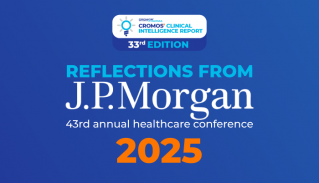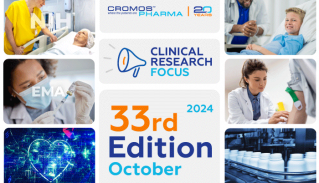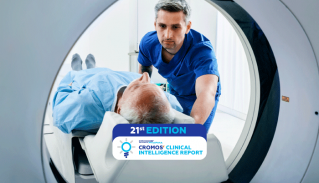
The Unexpected Benefits of Patient Centricity in Clinical Research
In the era of personalized medicine and patient-generated data, patient centricity has become an integral part of the holistic approach to patient engagement for all the stakeholders operating in the healthcare space.
Patient centricity is an approach to designing treatments, clinical trials, and offering healthcare solutions that ensures that patients are at the center of the decision making process. It stands in contrast to traditional, disease-centered approach where clinical trials are often conducted without thorough consideration of patients’ needs and with little reflection on the real life impact of the proposed interventions. In drug development, patient centricity means putting patients at the center of the study, allowing them to contribute to the trial design, including such aspects as schedules of events, frequency of tests and procedures, and logistics of patient flows.
While at first glance the paradigm of patient centricity in clinical research may seem counterintuitive, its implementation brings many unexpected benefits.
The benefits of patient centricity:
- Improved patient recruitment, enrollment and retention – Allowing patients to contribute to the trial design while it is still in development can identify hidden roadblocks to effective recruitment and retention of trial participants.
(Example: after reviewing the protocol, patients raised concerns about the frequency of invasive procedures which prompted the study team to reexamine the protocol. An alternative approach was then identified and implemented).
- Greater patient engagement – patient centricity leads to greater patient engagement, which, in turn, improves data quality. Instead of feeling like guinea pigs patients develop a sense of ownership and direct involvement in clinical research.
(Example: clinical programs that provide frequent updates on study progress in the form of newsletters, conference calls and in-person meetings experience significantly higher retention rates).
- Improved data quality – when patients are more engaged in the clinical trial process they are more likely to provide accurate and reliable data.
(Example: in the era of ePROs, empowering patients and helping them recognize how integral they are to finding better treatments and cures has a major impact on adherence to accurate and timely data collection).
- Improved patient safety – patient-centric approach can help improve patient safety by making it easier for patients to report adverse events and ensuring they are fully informed about the risks and benefits of participation in the trial.
(Example: building trust and letting patients know that their wellbeing is at the core of the clinical program make them significantly more proactive in reporting both positive and negative findings to the clinical trial team).
Patient centricity at Cromos Pharma
At Cromos Pharma patients always come first. We try to proactively assess their needs in every trial we conduct. This assessment often starts with collecting patients’ feedback on the clinical trial design. Based on the analysis of patient responses, Cromos Pharma’s team may suggest that the sponsor includes patient travel stipends, recommend visit timetables that would be least likely to interfere with work schedules or propose reimbursement for the anticipated time off. In situations when the protocols have already been finalized and the trials are ongoing, our team monitors patient satisfaction through liaising with the investigators and their staff and provides immediate feedback to the sponsors on what can be improved. Our clinical department is extensively trained on how to assess and reduce patients’ burden of trial participation, including consideration of decentralized approach, and introduction of telemedicine, especially when travelling may pose a challenge. Through meaningful patient engagement during the entire lifecycle of the clinical program, from protocol design to every aspect of its execution, we manage to address the key challenges around patient satisfaction via identification, engagement and support of the very people that we strive to help.






























